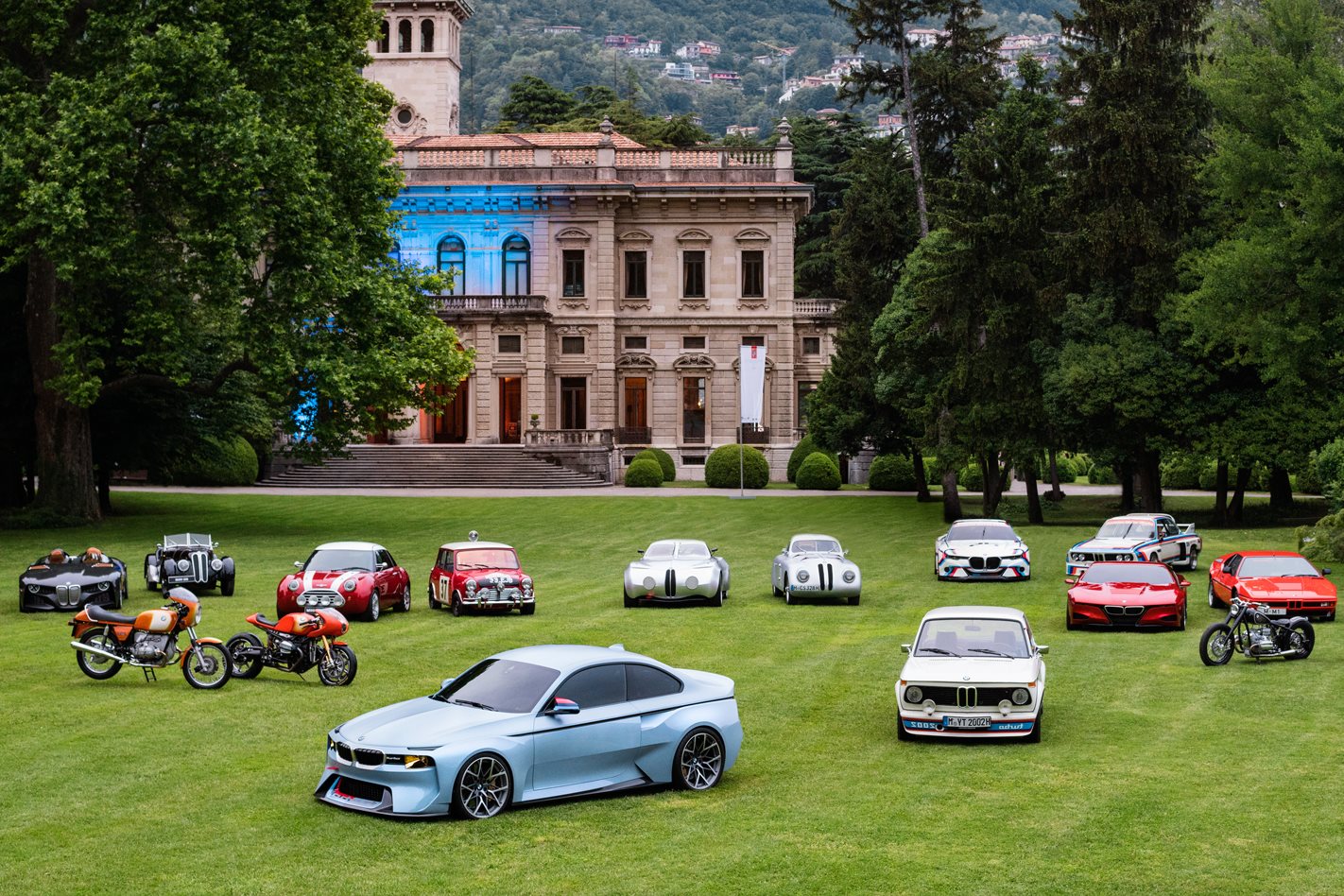
In our Fast Facts series, WhichCar delves deep into the history of automotive brands to bring you fascinating facts and intriguing information.
Here we focus on the Bavarian Motor Works – BMW – a company that has produced some of the world’s great sports sedans, roadsters and motorbikes since it was forced to abandon aircraft-engine manufacturing after World War I.
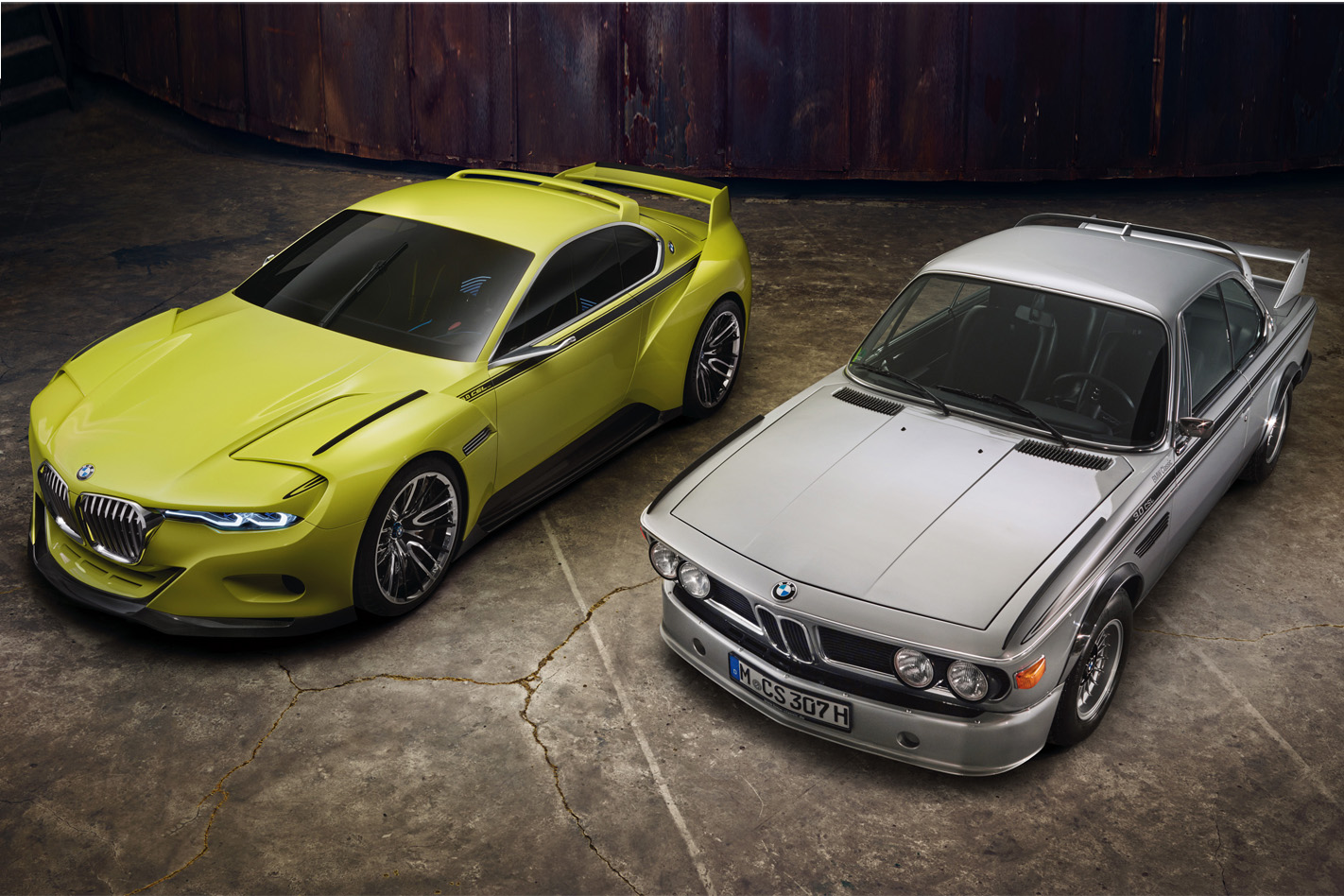
100 or 101?
BMW celebrated its 100th anniversary in 2016, though it could be argued 2017 was more apt as the Bayerische Motoren Werke (Bavarian Motor Works) name first appeared in 1917 – changing from the Rapp Motorenwerke aircraft-engine company.
BMW bases the start of its history on the previous year, however, as in 1922 it transferred its engine construction operations to the Bayerische Flugzeug-Werke AG company run by Gustav Otto, son of petrol-engine pioneer Nikolaus Otto.
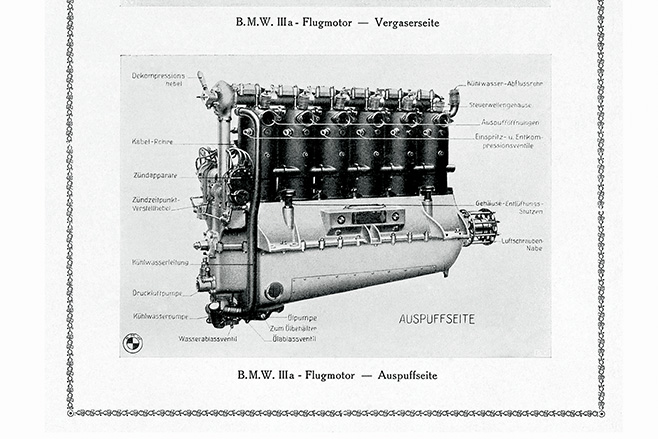
Spinning yarn
The blue and white centre of the BMW ‘roundel’ is often referred to as a spinning propeller owing to the company’s aero origins, and it’s easy to understand why this has passed into common lore.
In fact, the BMW badge was first introduced in 1917 with the blue/white combination representing the colours of the state of Bavaria – not the blue sky and clouds as many believe. It wasn’t until the late 1920s the company used the emblem as a rotating propeller in its advertising.
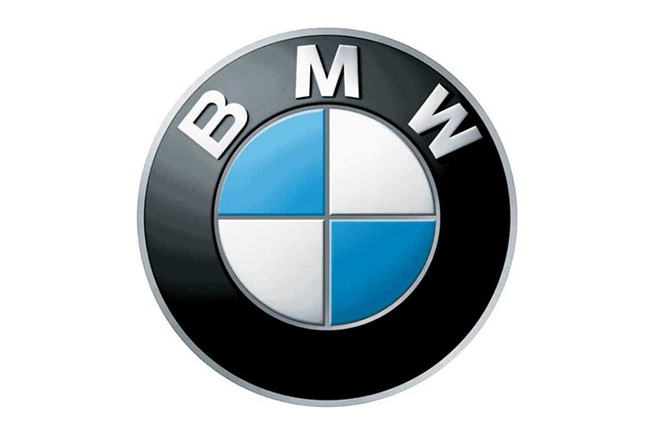
The company recently updated its iconic badge for a flatter design with a transparent outer ring “to radiate more openness and clarity”. It’s only the sixth time BMW has revamped its symbol in company history, with the previous redesign occurring in 1997.
World War 1 to two wheels
BMW’s transition into a manufacturer of wheeled transport can be attributed to Germany’s defeat in the First World War. After the company was banned from producing aircraft engines by the 1919 Treaty of Versailles, it caused a stir at the 1923 Paris Motorcycle Salon with its first motorcycle, the R32.
About half of the motorbikes offered today by BMW’s Motorrad division still feature the twin-cylinder boxer/shaft-driven layout of the R32.
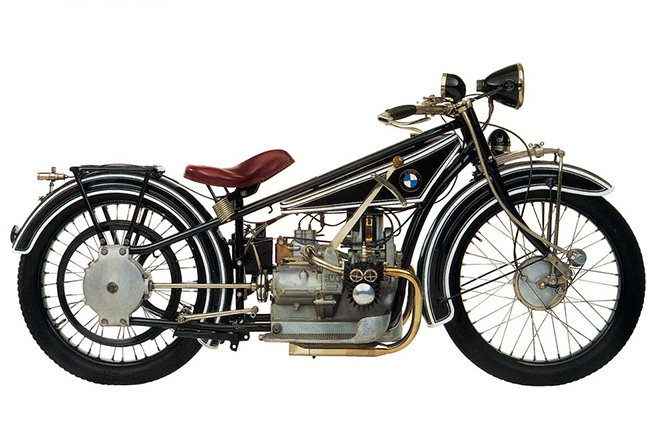
Hit for six
BMW built its first car in 1929, though it was built under licence from Britain’s Austin. The 1934 303 was more notable for two reasons: its engine started what would be a long (and highly regarded) history of in-line six-cylinders. And its twin ‘kidney’ grille remains a design trademark on all BMWs to this very day.
In a way, the 303 could be called the company’s original BMW 3 series, as it was a compact sedan and there were successor models such as the 315, 319, 329.
Roadster lineage begins
In 1936, the 328 began a famous lineage of roadsters that would go on to include the likes of the 507, Z8 and Z4. The 328 – yes, powered by a six-cylinder engine – would dominate sports car racing in the 30s, and would also inspire a famous Jaguar: the XK120.

Sales Bubble
Germany was one of several nations to adopt a microcar designed by Italian company Iso when BMW launched the Isetta. It fitted its ‘bubble’ car with a 1.0-litre motorcycle engine for benchmark fuel efficiency, and it would find a popularity – more than 160,000 produced – that eluded many of the company’s larger cars.
The 2002 of 1968
Passenger car success for a BMW-built car came in 1968, with a car that was much bigger than the Isetta yet still relatively compact. The 2002 heralded the birth of the sports sedan (though Jaguar’s brilliant, if larger, XJ6 did emerge the same year). It was immensely fun to drive yet also practical with its four doors and boot.
It was at its fastest in Turbo form, a variant that was sadly shortlived as the 1973 oil crisis panicked manufacturers and buyers alike. You might be familiar with the 2002’s successor: the 3 Series, which was released in 1975, retained the 2002’s spirited dynamics, and became BMW’s signature model.

Getting kinky
A new BMW design signature was introduced with the arrival of the 3200 CS and 1500 in 1961. Named after its creator and the design director of the time Wilhelm Hofmeister, the Hofmeister Kink is a forward bending angle at the base of the rearmost roof pillar.
It’s said to represent rear-wheel drive or at least a bias to rear-drive and while BMW has since adopted front-wheel drive in some applications, the kink still remains in almost all BMW models to this day.
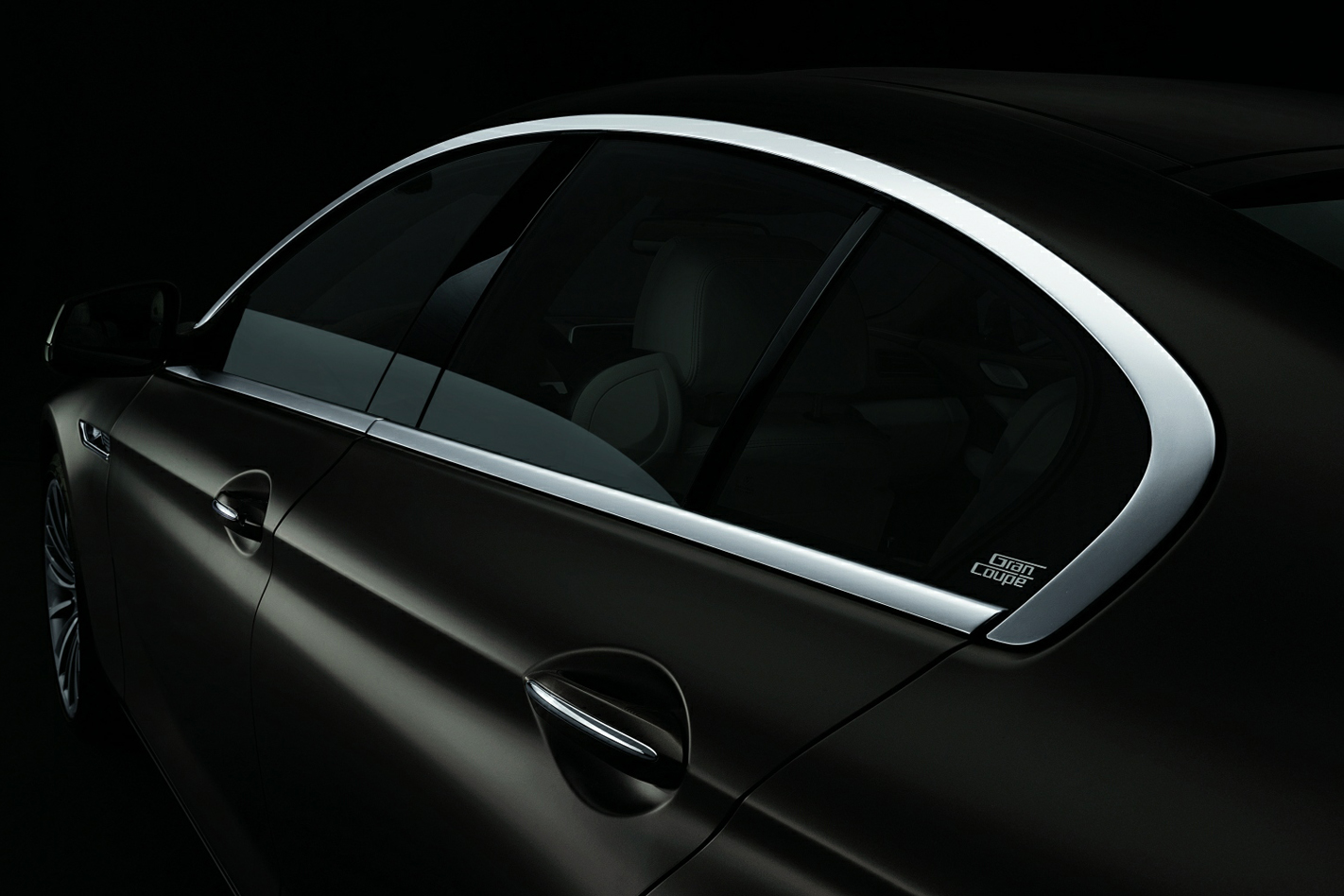
M for Motorsport
BMW didn’t set up a separate motor racing division until 1972 – and its now-famous tri-colour stripes first featured on the aforementioned 2002 Turbo two years later. Another famous model was the CSL homologation, which became nicknamed The Batmobile after its extravagant bodywork that included a deep chin spoiler, blistered wheel-arches and a prominent rear wing.
The light blue (Pantone Process Blue) that appears on the left of the M colours is lifted from the BMW badge, the red (Pantone Warm Red) represents the partnership with Texaco during the M Division’s early days, while the middle dark blue (Pantone 268) represents a blending of the two companies.
The M-cars
The first of the company’s M cars was the 1978 M1 – a mid-engined six-cylinder supercar intended to take on Porsche in motor racing, only to come obsolete two years later as the regulations for the Group 5 racing series it was built for changed. (Though it did feature in a one-make Procar series, famous for featuring F1 drivers of the time.)
Mid-engine specialists Lamborghini were originally approached to develop the car before their financial struggles forced BMW to resume control of the project.
Many regard the M division’s first modified road car to be the original M5 of 1984 which took the E28 5 Series as its basis, but there were actually two before it. In 1980, the company wheeled out the M535i which used the first E12 5 Series to create a powerful 3.5-litre high-performance sedan even if it didn’t have a true hand-built M Power engine.
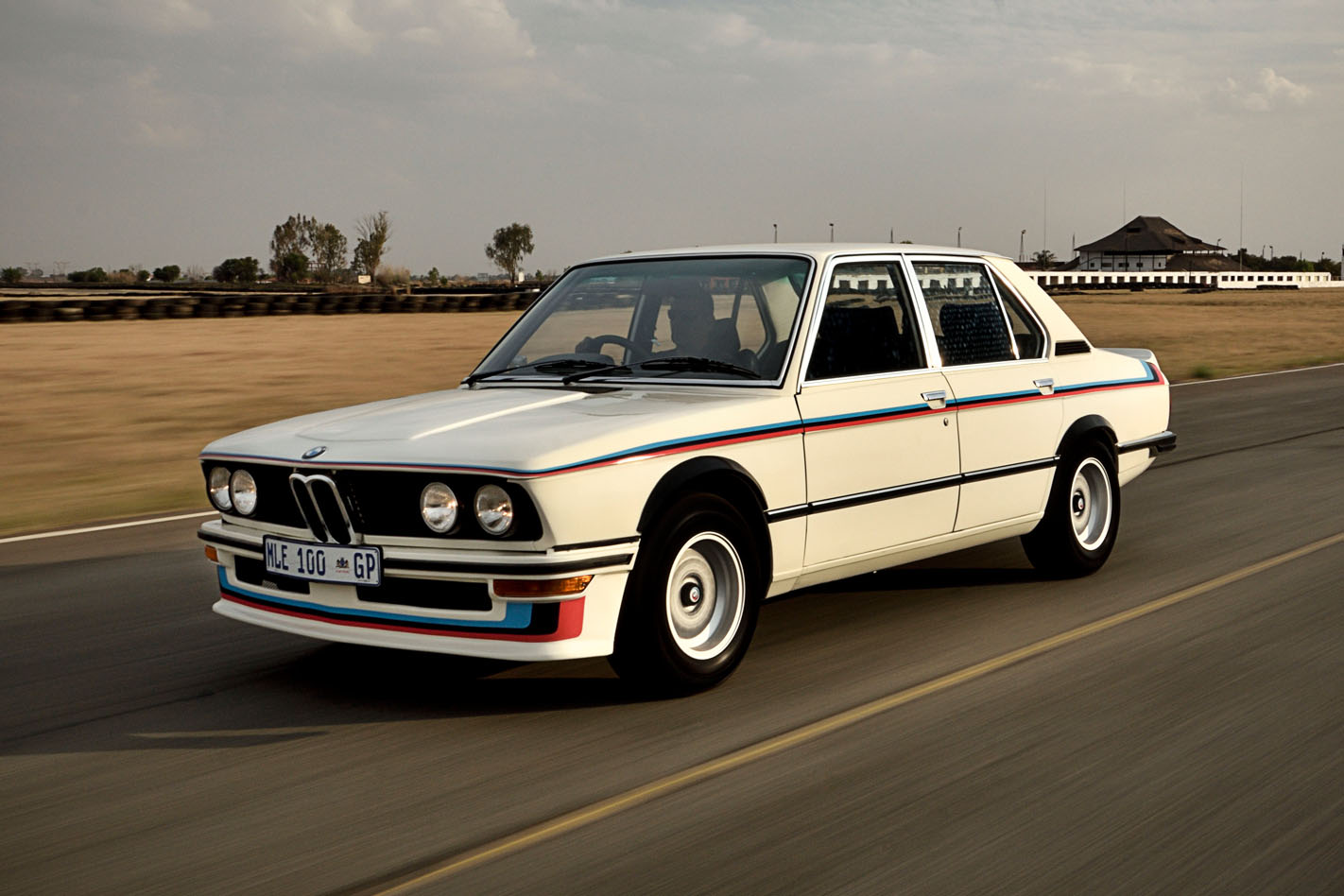
Before that though, the 530 MLE of 1976 – also E12 based – was the next car after the 2002 Turbo to wear the now fabled M colours and can be traced back as the true origin of the M family today.
In 1986 came another BMW icon. The M3 was essentially a homologation special built to validate its participation in motorsport – which it would dominate. Successive generations of both models.
F1
BMW provided the engine for the Brabham team in 1981, powering Brazilian Nelson Piquet to the driver’s title two years later. After a 12-year hiatus, it returned as engine supplier to the famous Williams team between 2000 and 2005 before buying the Swiss Sauber team the following year to become its own manufacturer team.
There was minimal success, however, and it left the sport in 2009 with just a single grand prix victory to its name.
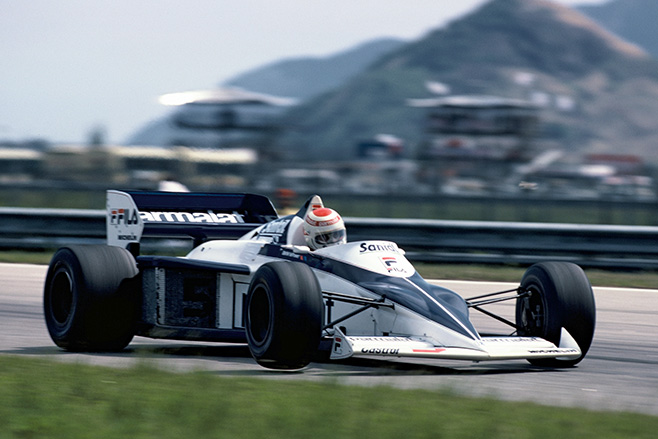
Power for the world’s fastest car
Successful Formula One team McLaren announced in 1989 it would be the ultimate road car, the McLaren F1, and it sought out BMW Motorsport for the bespoke power unit: a 6.1-litre V12 with 468kW.
Just 100 were made, and from its production birth in 1992 and for much of a decade after the F1 was the world’s fastest production car – capable of acceleration from 0-97km/h in 3.2 seconds and reaching a staggering (and officially recorded) top speed of 372km/h.
British brands obsession
McLaren aside, BMW seems to have a penchant for British companies. It purchased the Rover Group in 1994, though it would sell it just six years later after struggling to manage its sizeable acquisition (the Land Rover part went to Ford).
BMW’s held onto the Mini brand, building a new-generation model in 2001 that would become hugely popular – and hugely profitable – with a premium pricing position that was the antithesis of the original’s.
And, while the Rover acquisition might have appeared like a waste of time and money on face value (the brand was sold to a consortium for just £10 ($15)), BMW’s shrewd business sense became apparent a short time later when it rolled out its first four-wheel drive.
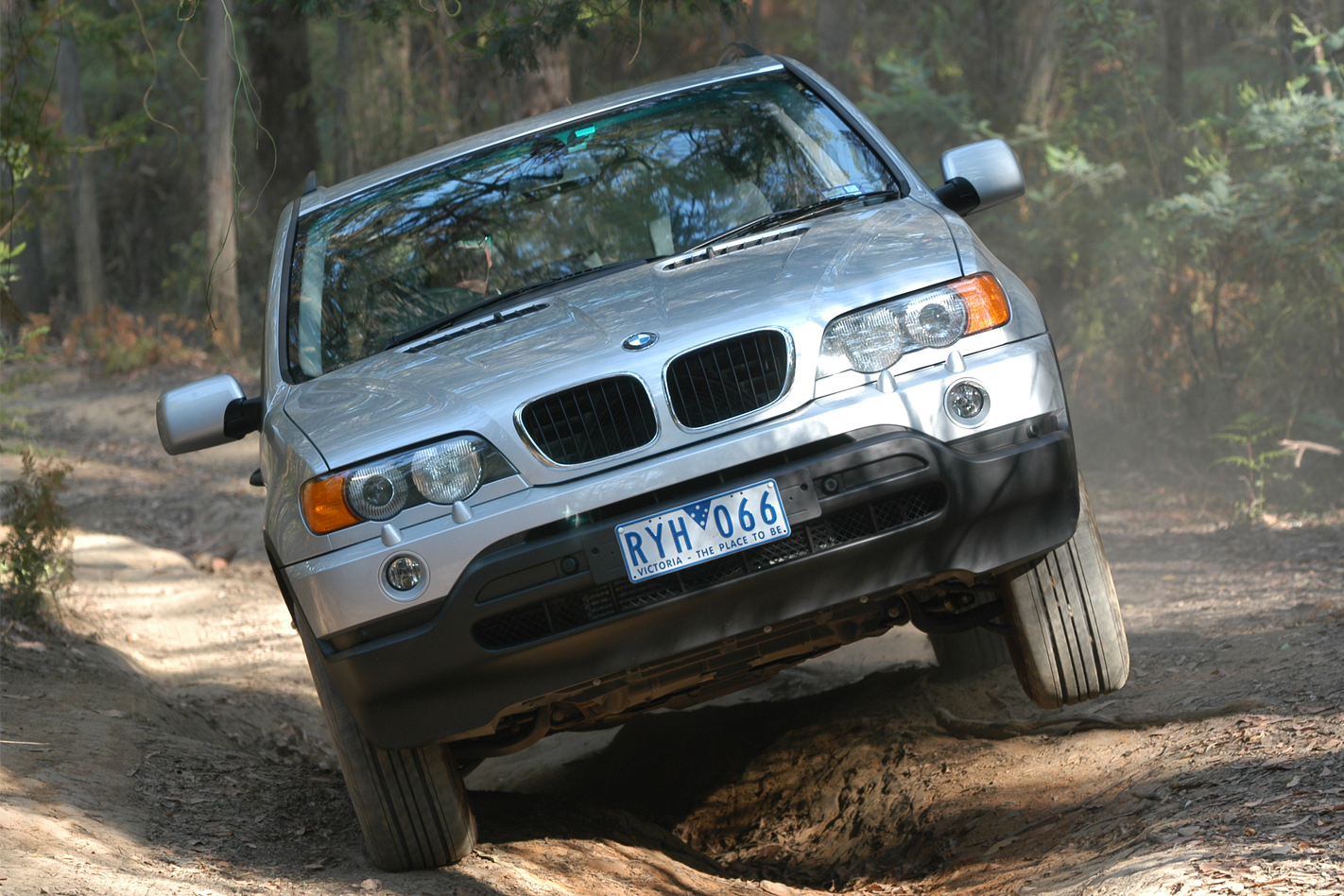
The accomplished X5 had a sophisticated off-road system that would have cost billions to develop … unless the company had gained a little head start from one of the best in the business.



